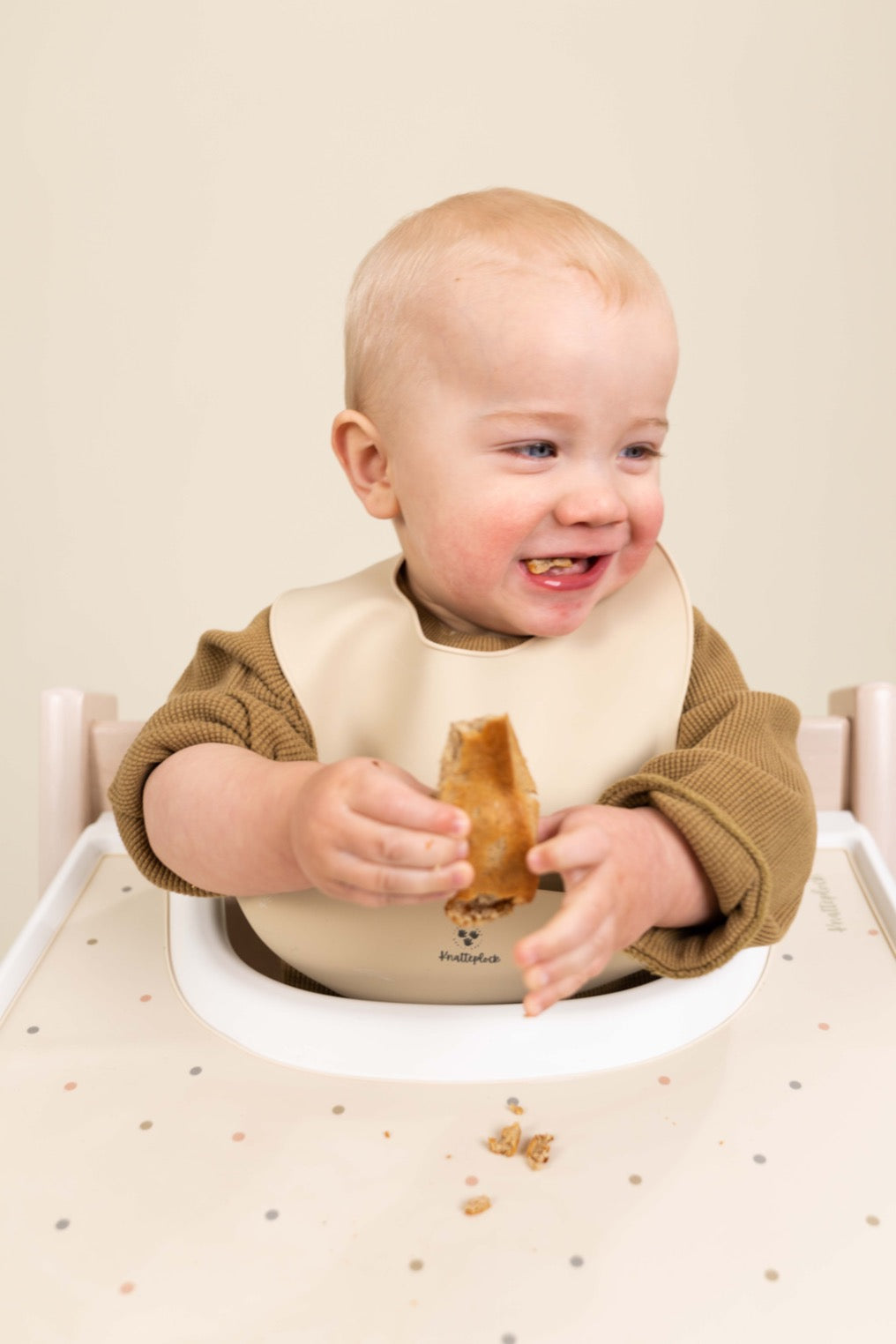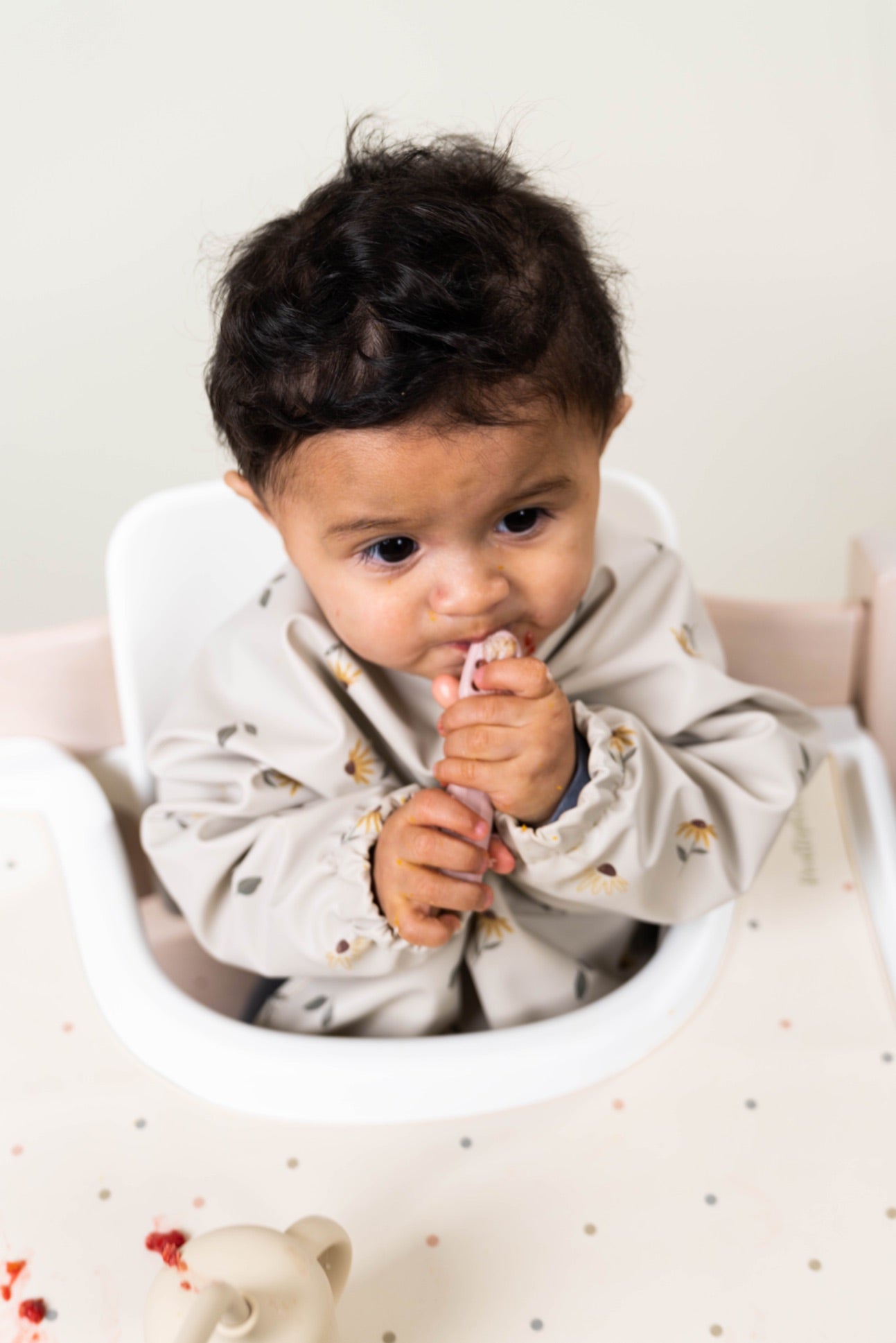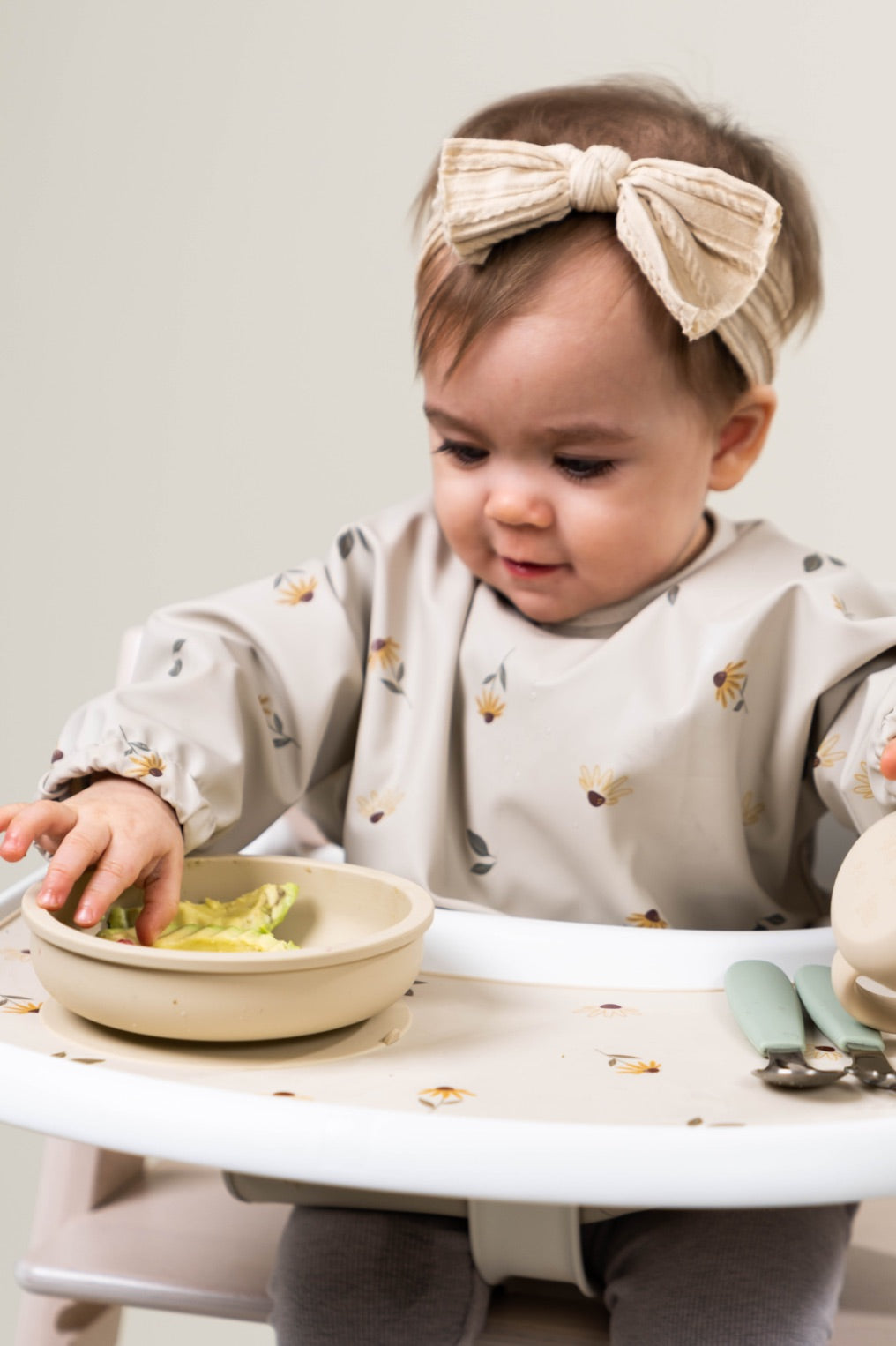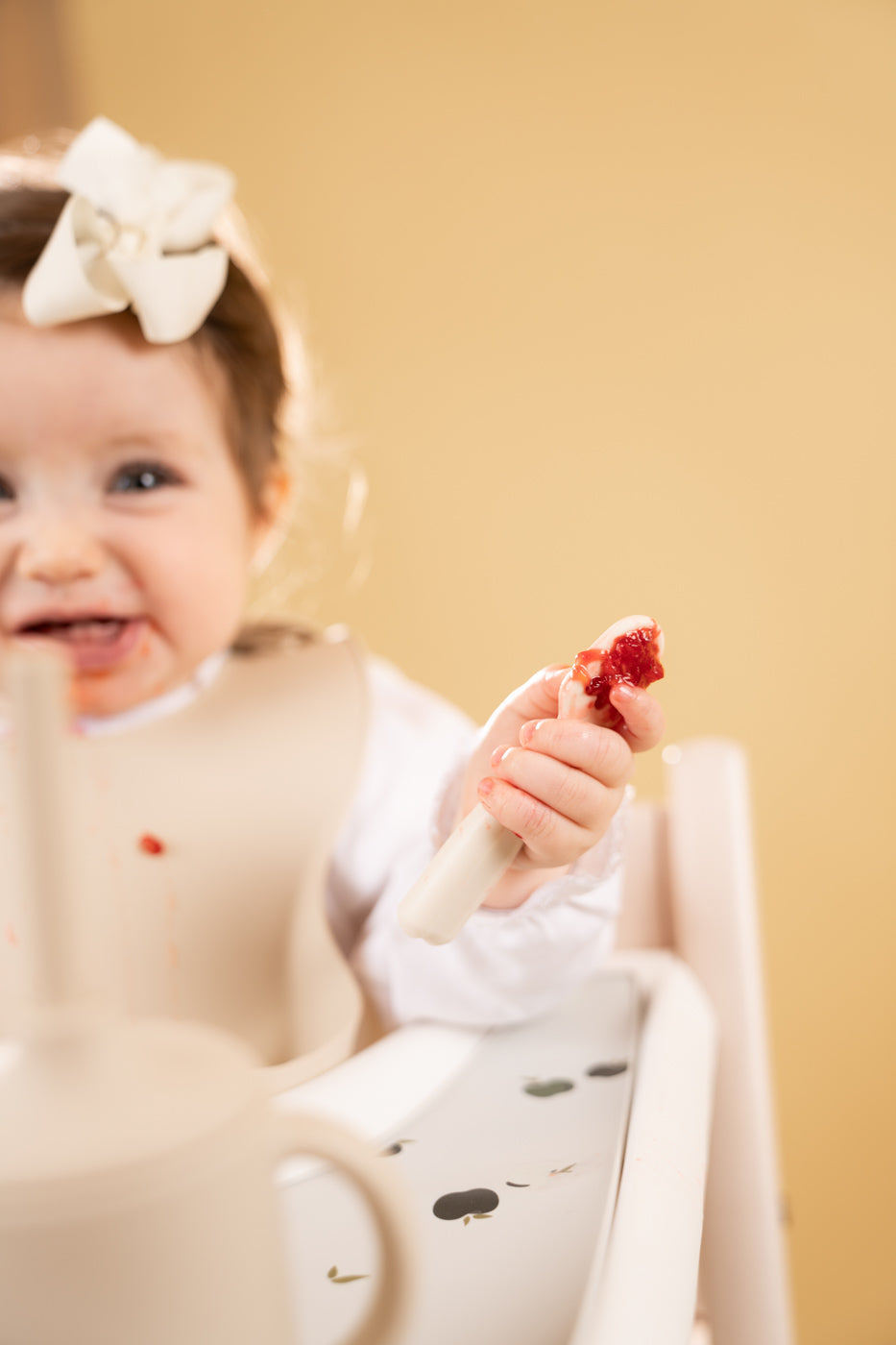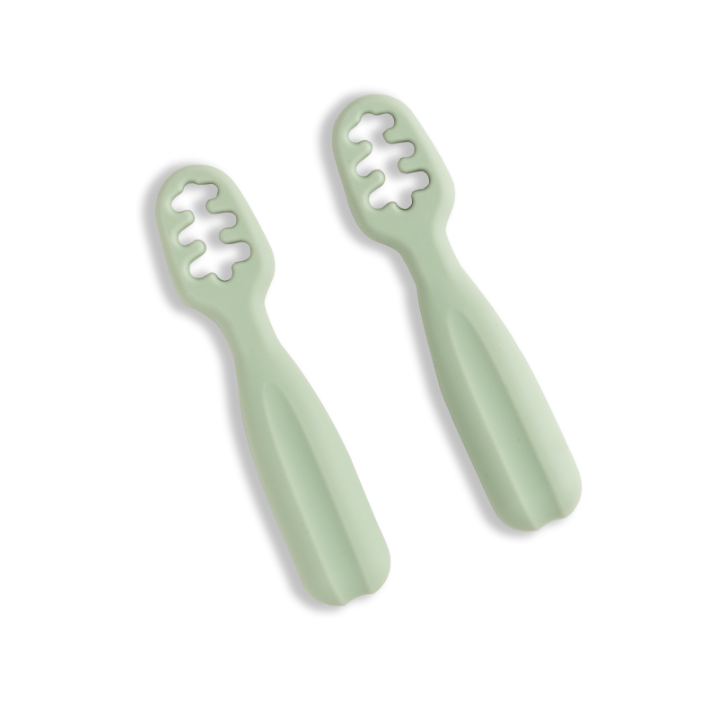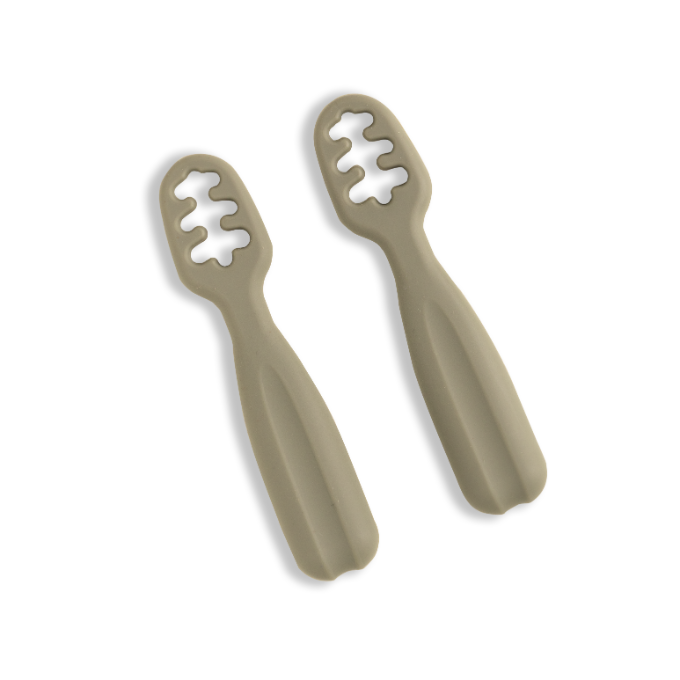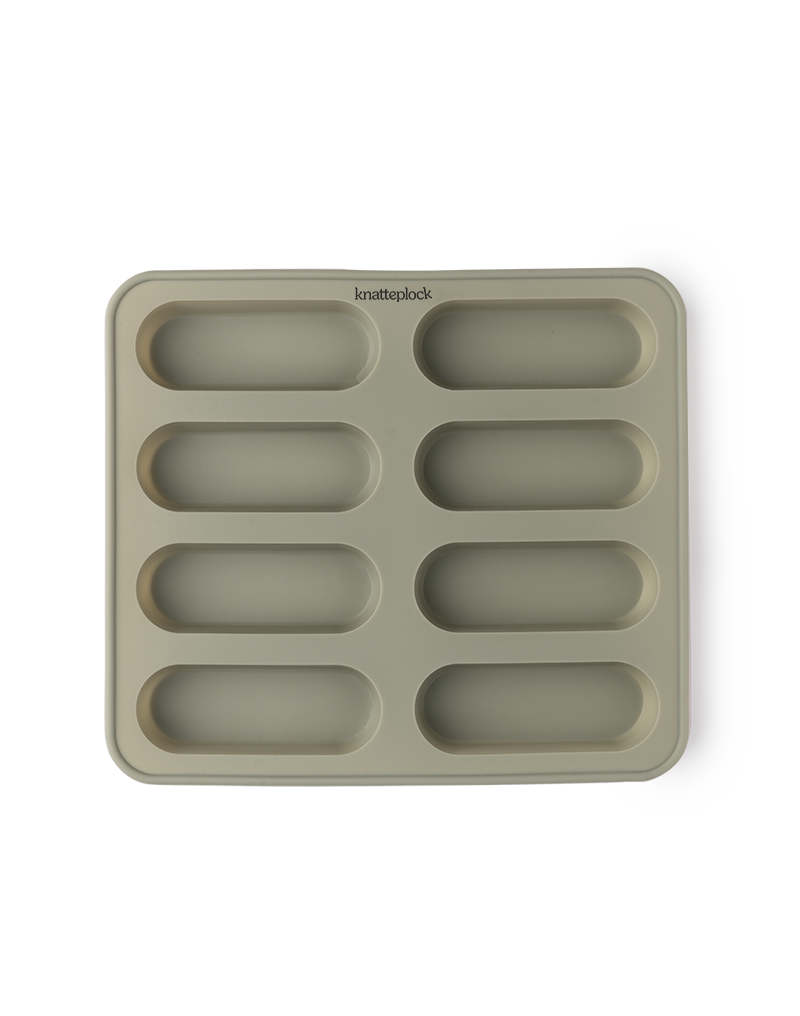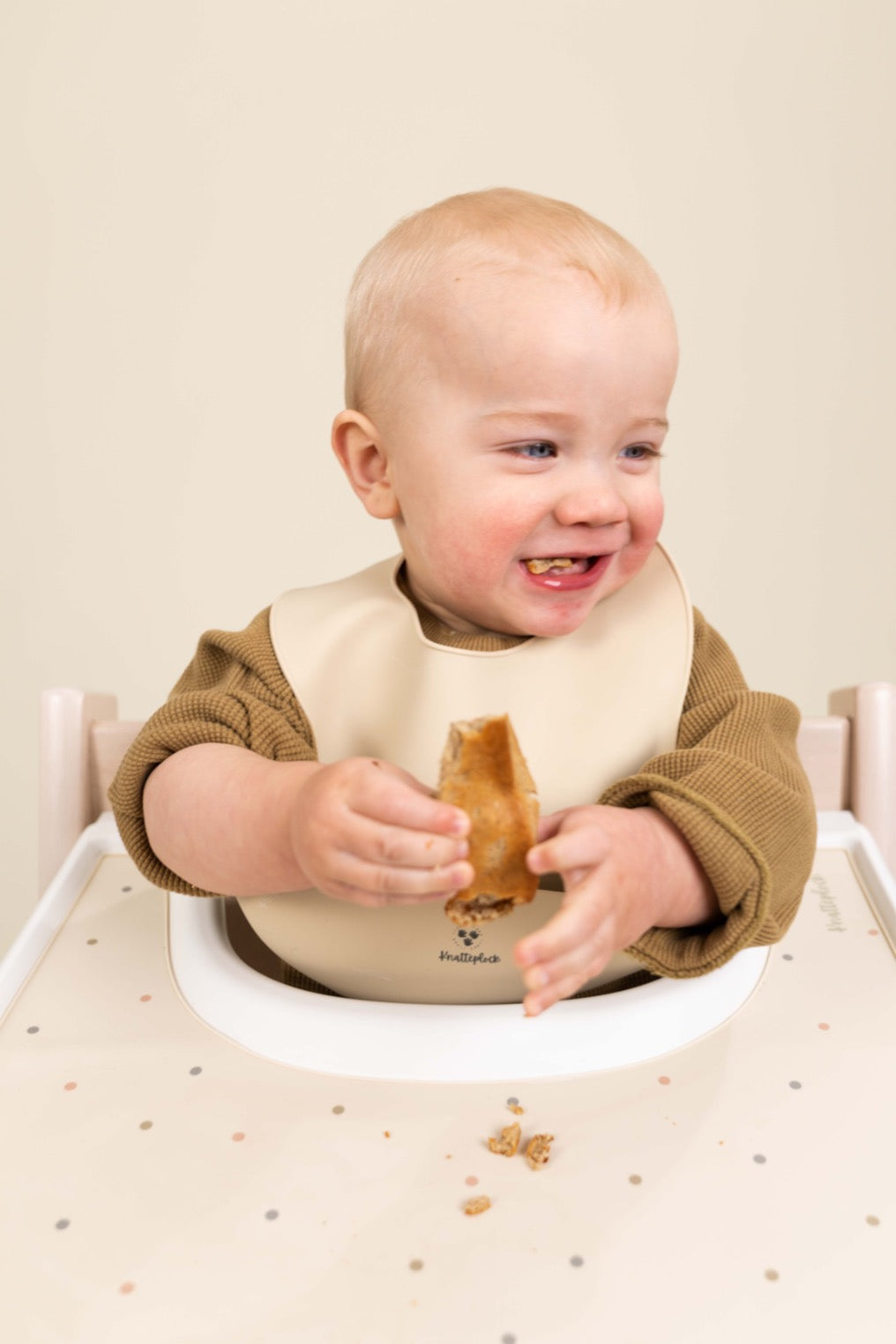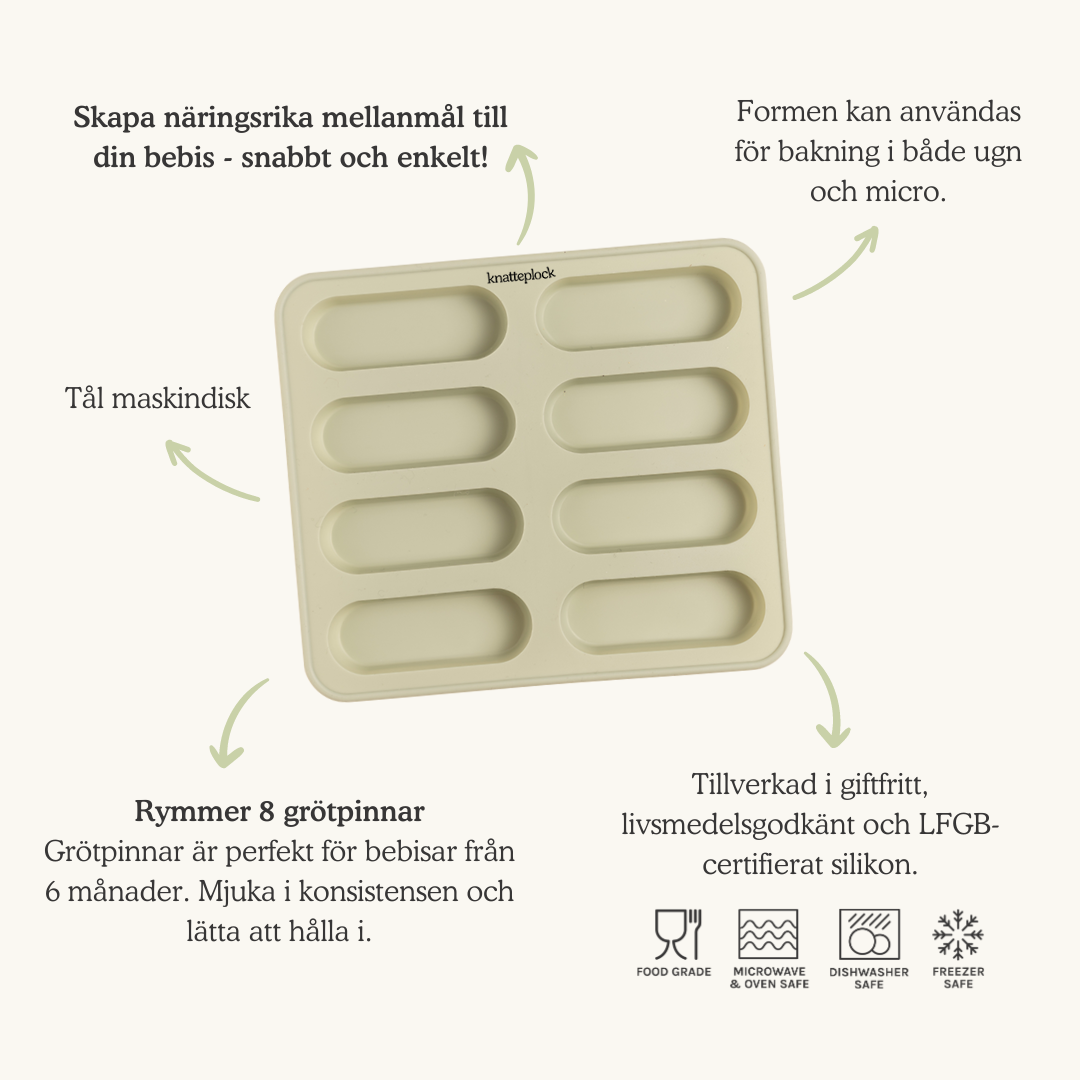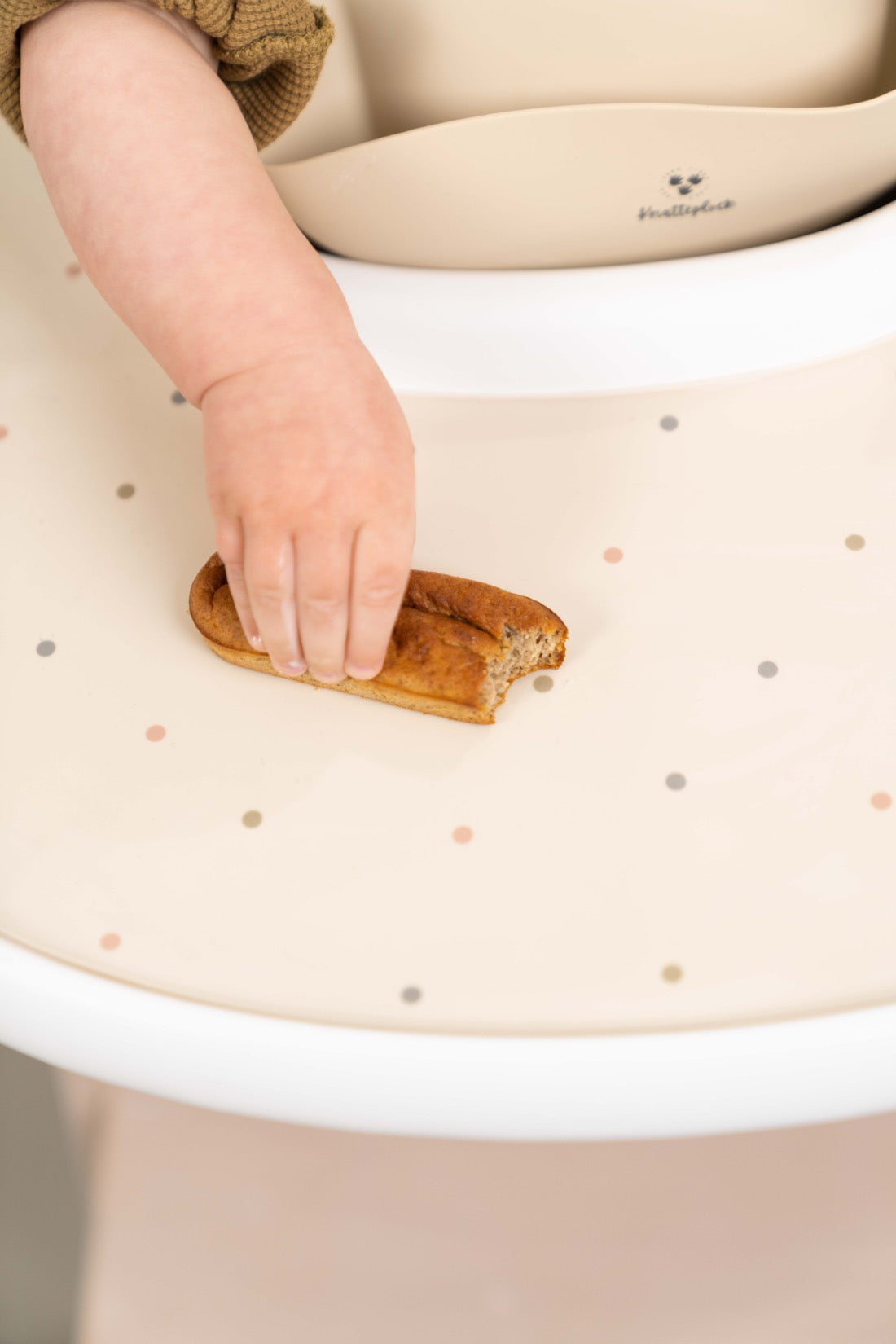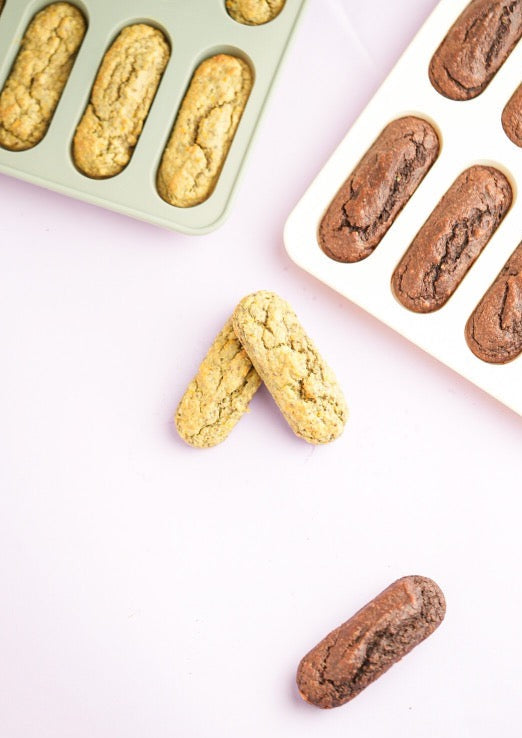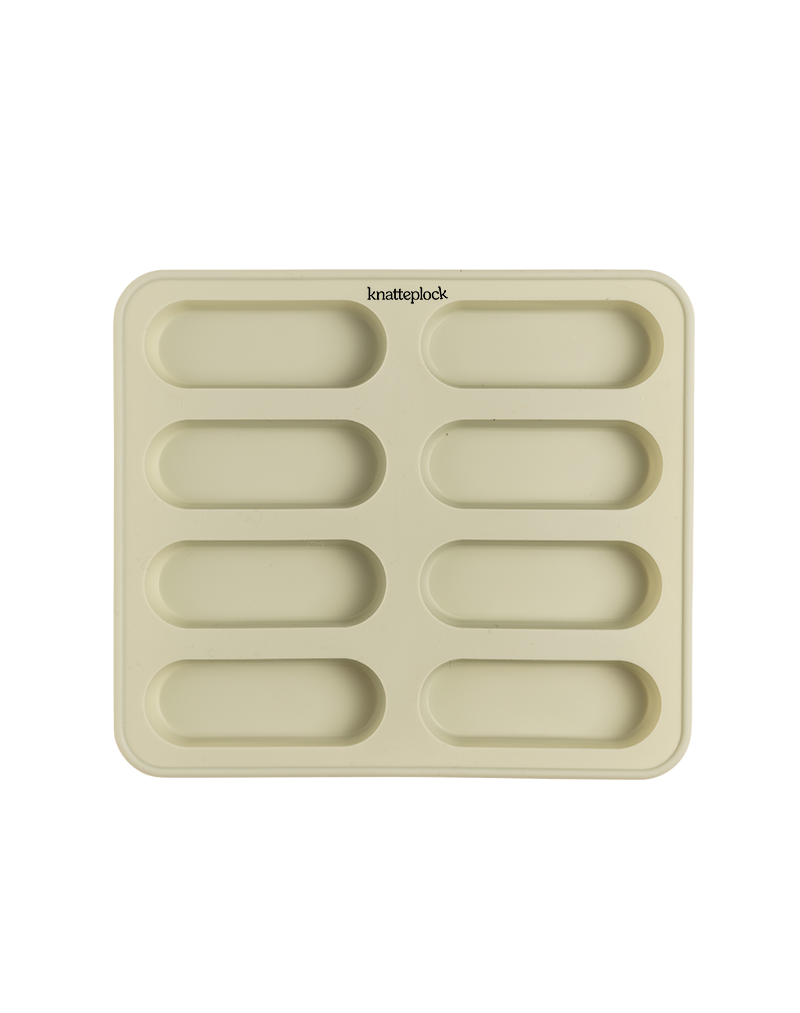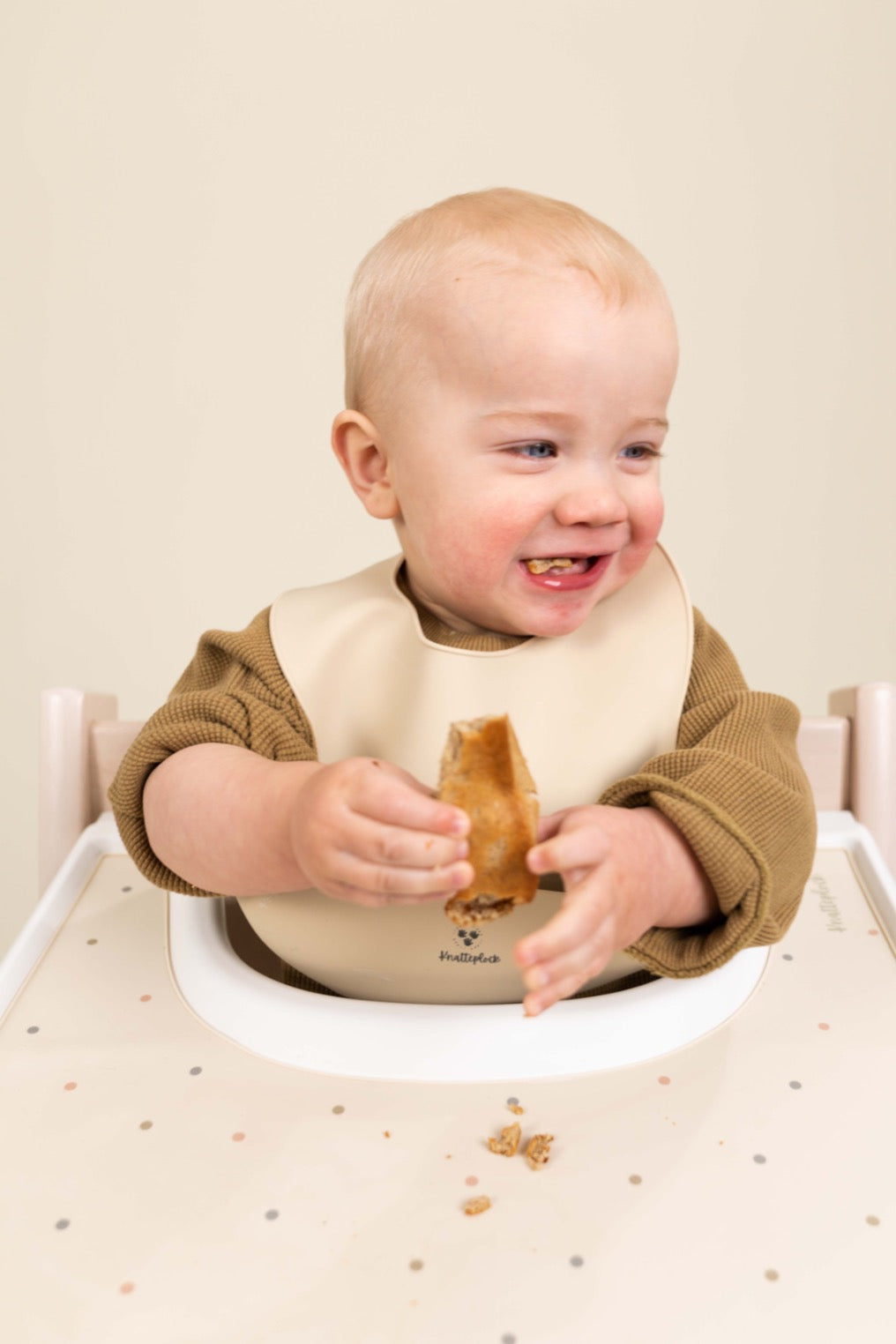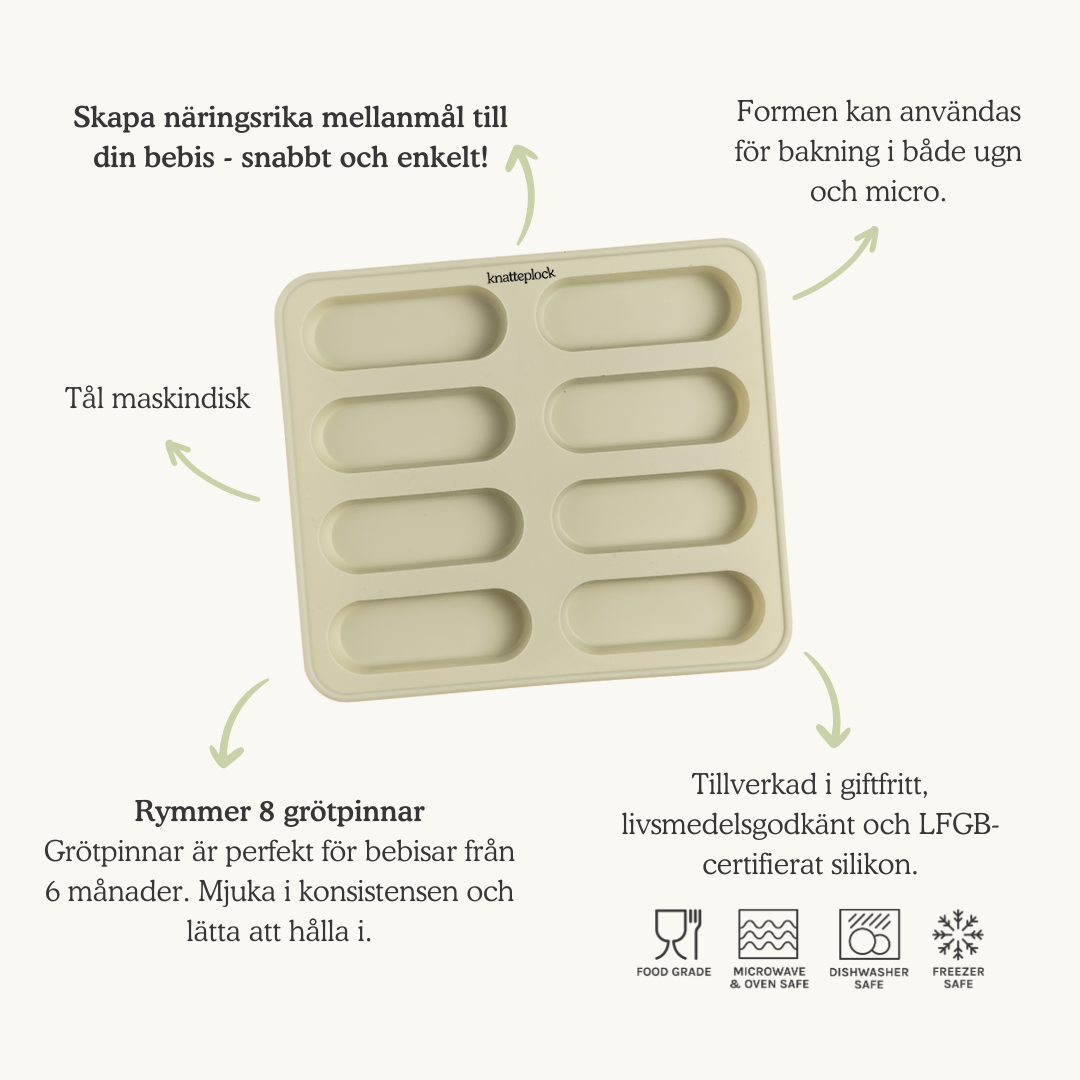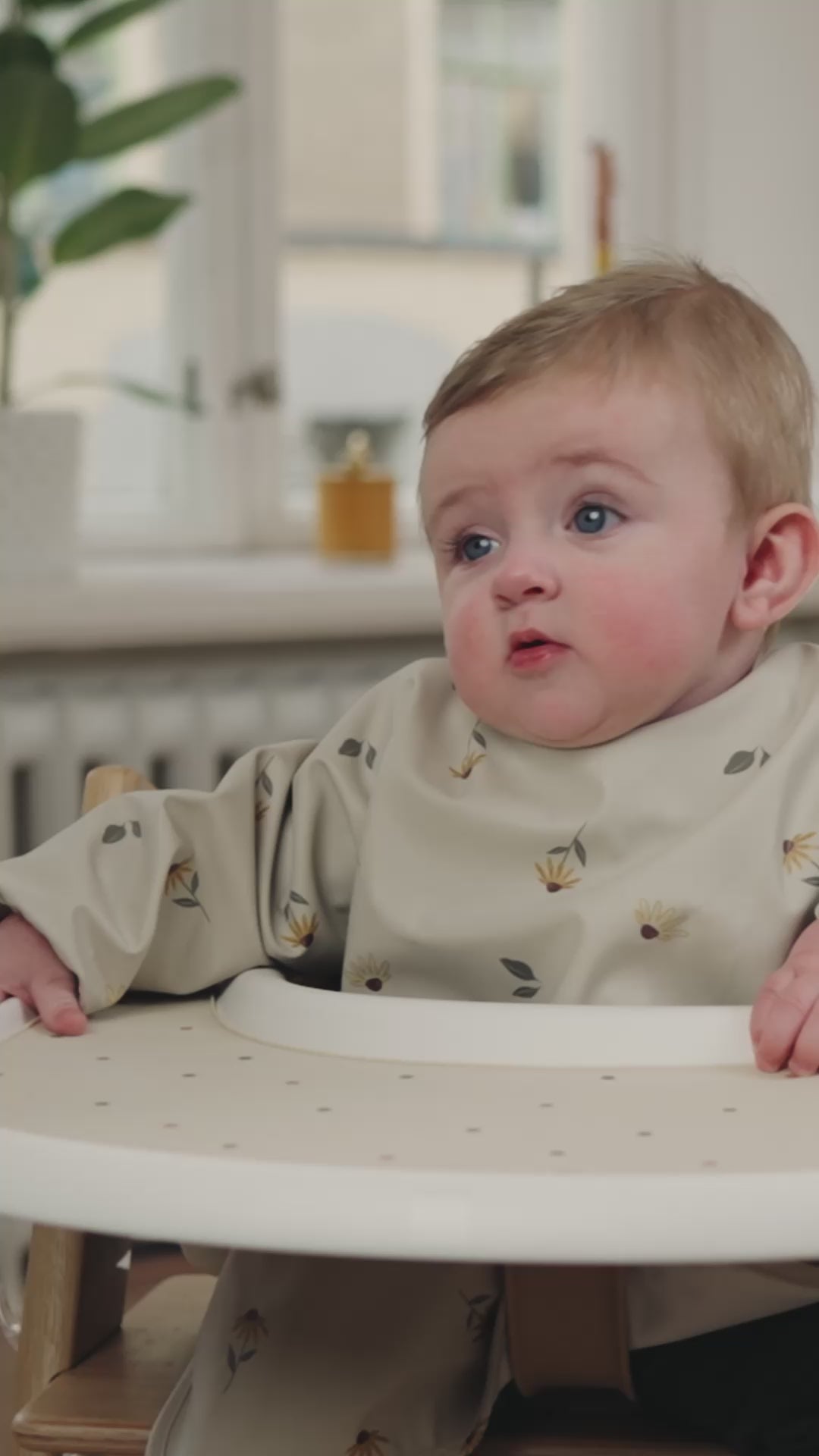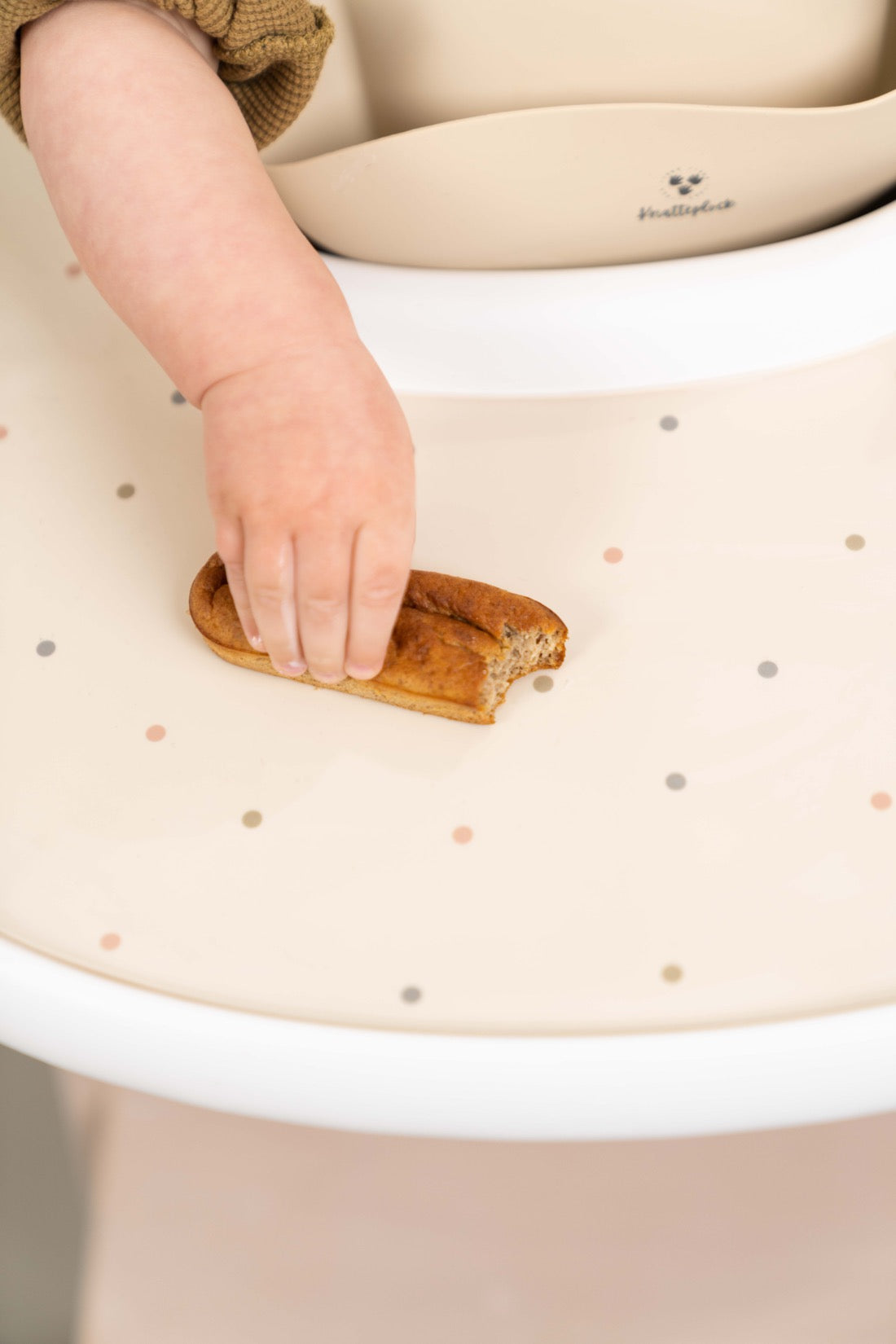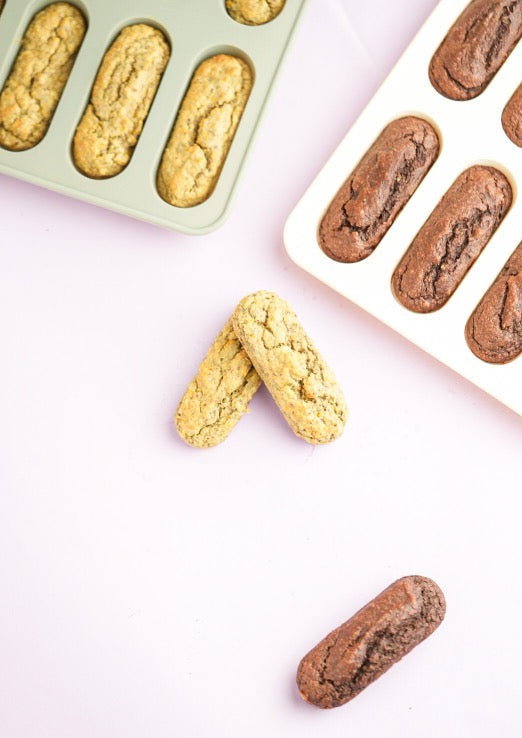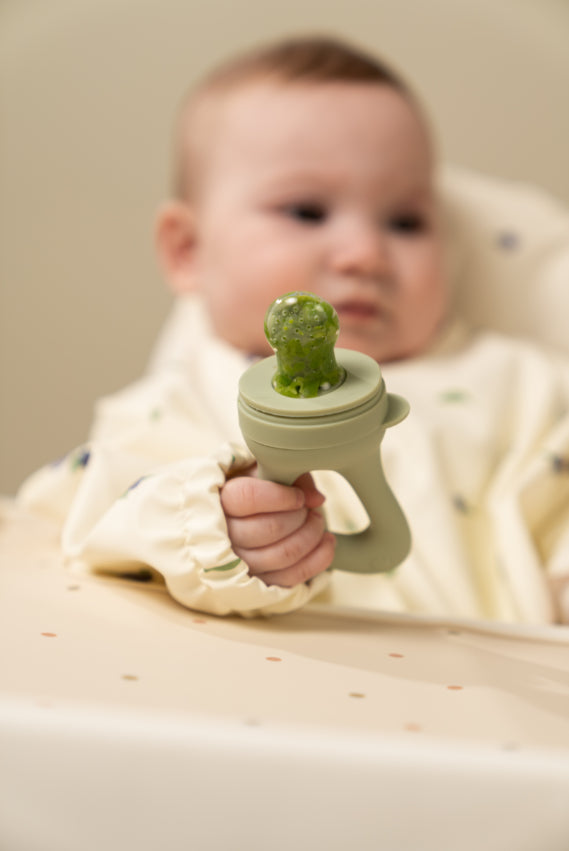Cooking
20 Minutes
Author:
Elin Oresten
Riktigt goda rabarberpinnar som är så behändiga att ta med sig ut också. Går dessutom att frysa!
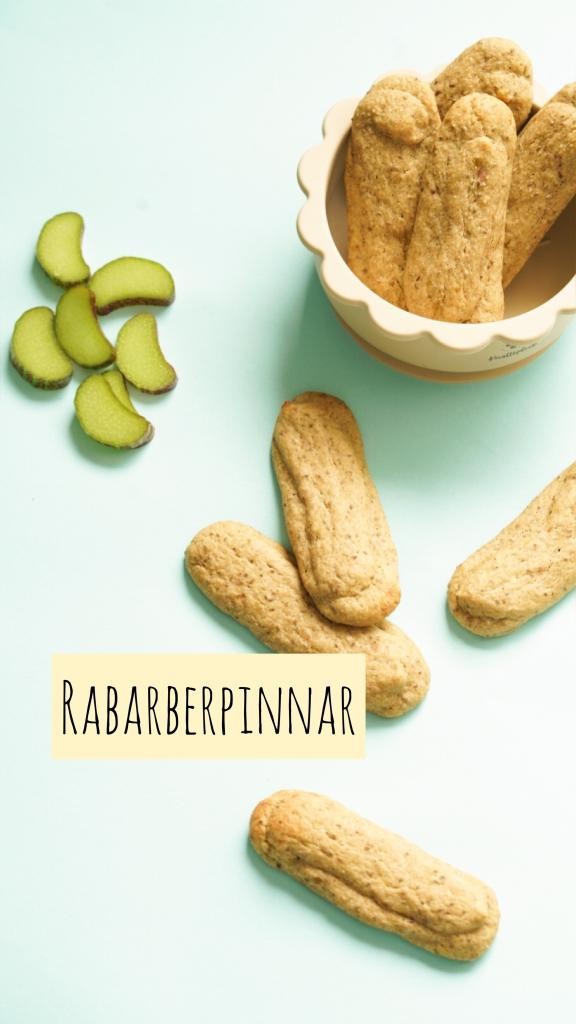
Ingredients
- 120 gram rabarber
1 mogen banan
1 ägg (eller 3 msk kikärtsspad)
1 dl havremjöl (gör gärna eget genom att mixa havregryn)
2 msk rapsolja
1 msk chiafrön
1 dl vetemjöl (eller potatismjöl)
2 tsk bakpulver
0,5 tsk kardemumma
0,5 tsk vaniljpulver
Do this:
- Sätt på ugnen på 180 grader.
- Eventuellt ansa rabarbern, försommarens rabarber behöver inte ansas. Skär rabarbern i små bitar. Lägg den i en kastrull med 3 msk vatten. Låt koka upp och koka tills rabarbern är mjuk. Ta bort från plattan och rör i chiafröna. Låt stå i 15 min.
- Mixa bananen till en puré. Tillsätt rapsoljan och rör om försiktigt. Tillsätt rabarberblandningen och blanda väl. Vispa ägg eller kikärtsspad vitt och pösigt med en elvisp. Rör försiktigt ned ägget eller kikärtsspadet i banan-och rabarberblandningen.
- Blanda ihop alla torra ingredienser i en separat bunke. Häll i de torra ingredienserna i den blöta blandningen och blanda till en smet.
- Häll smeten i en plastpåse eller spritspåse. Klipp ett hål i änden på plastpåsen. Spritsa ”pinnar” på en plåt med bakplåtspapper. Grädda mitt i ugnen i 20 min.
Recipe listing
Åldersanpassning:
👶Servera som pinnar från 6 månader och uppåt. Eventuellt dela i små bitar mellan 9 och 12 månader för att öva pincettgrepp och tuggteknik.

